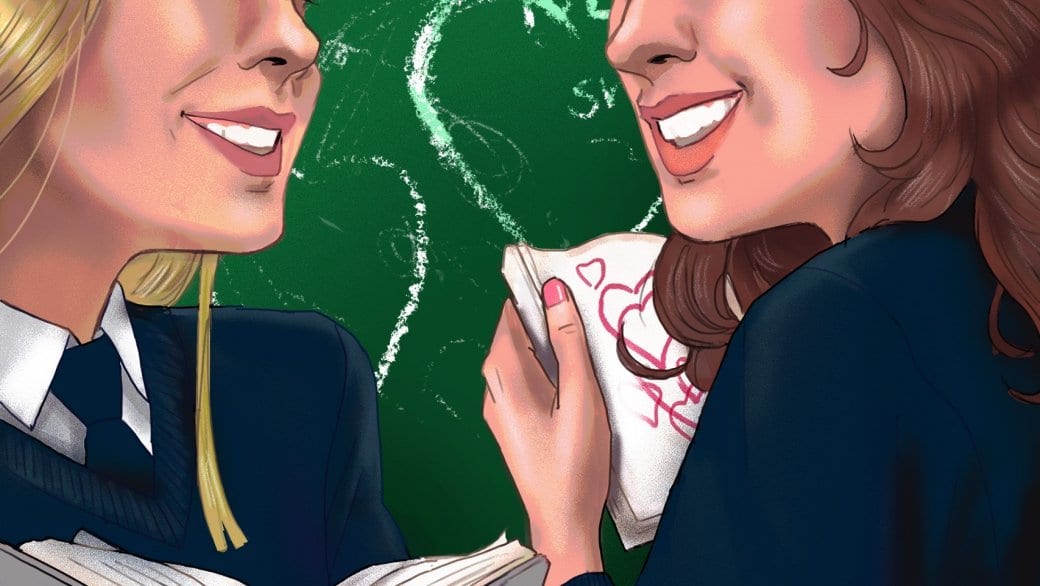For many writers in the late 19th century, it was all but impossible to overestimate the perils of allowing American women to pursue higher education.
The first of the women’s colleges, Mount Holyoke, wasn’t established until 1837. Then came Vassar in 1865. Smith was 1872. Wellesley was 1875. Bryn Mawr came into being in 1886. In the 1870s, universities such as Cornell and the University of Michigan began admitting women. There was more to come. By 1880, 40,000 middle and upper class women — in other words, women who both wanted it and were from backgrounds that allowed them to afford it — were enrolled in post-secondary education. That’s more than a third of the total number of college and university students in America.
Many said it was a bad idea. They said it would result in these women shirking their duties — including marrying and making babies — in favour of careers. Some said that it would mean that only the poor, uneducated people would have babies, which would result in a kind of “race suicide.” In his book Sex in Education: or, A Fair Chance for Girls, Dr Edward Clarke went so far as to say that education would hinder women’s fertility — among other things, it would cause the uterus to prolapse. Some even said that women who attended college and university — especially the all-female institutions — would become physically attracted to one another.
Surprisingly, they were right about some things (not the prolapse, though — don’t worry).

Educated women did turn out to be much less likely to marry than uneducated women. In the last decade of the 19th century, only 10 percent of American women refused to marry. However, an impressive 50 percent of women who went to college or university stayed single (at least with regard to relationships with men).
Education meant the possibility of a career, and a career often meant financial independence from men. Many of those who chose not to marry did so because they found that after graduation they had the ability to start a life with another woman — what was sometimes called a Boston Marriage. They didn’t have to hide their real desires in favour of a tedious heterosexual compromise. Many educated women may have considered themselves lucky to be attracted to one another rather than to men — If they’d married men, they probably would have had to give up their independence and career goals.
Years of studying alongside a host of other young, attractive women, gave women the opportunity to discover (if they hadn’t already) and explore any same-sex attraction they might have. They could take a close look at themselves — and a lusty look at others — while dancing at the all-women dances some schools held. They could develop intimate (and sometimes physical) connections referred to at the time as “smashes,” “crushes” and “spoons.” And they had their female professors as role models, some of whom were independent women who lived with one another (and were, in some cases, couples).
It’s not quite correct to call their relationships “romantic friendships,” a term for an earlier type of intimate connection between women. Unlike romantic friends, these educated women wouldn’t allow themselves to be bullied into marrying the next eligible man. Besides, they would have considered the term old-fashioned. But they weren’t really lesbians either. The term was in use among sexologists in the latter half of the 19th century, but it wasn’t commonly known. And most women would have been alarmed by the assumption of sickness that went along with it. Depending on how you look at it, they could be considered to be between classifications.
One man’s peril is another man’s (or woman’s) refuge. Higher education helped many women strike out into new and exciting territory in terms of personal betterment, careers and intimate relationships (making a life with the people they were actually attracted to). It must have been an exciting time — whatever Dr Clarke’s thoughts on uteri were.
(History Boys appears on Daily Xtra on the first and third Tuesday of every month.
You can also follow them on Facebook)
(Original illustration by Stephen McDermott)


 Why you can trust Xtra
Why you can trust Xtra


